I am working on ODI mapping where I am calculating" Min(ID) over parition by(device_num, sys_id) as min_id" in expression component, I used another expression component to filter duplicates using row_number() over partition by (ID) order by(min_id) followed by a filter component "rownum=1" this results in window function error are not allowed here.
I understand that I need to run the analytical function on top the aggregate results. I am not sure how to achieve this in odi mapping (odi 12c). can anyone of you please guide me?
merge into (
select /*+ */ *
from target_base.tgt_table
where (1=1)
) TGT
using (
select /*+ */
RESULT2.ID_1 AS ID,
RESULT2.COL AS MIN_ID
from (
SELECT
RESULT1.ID AS ID ,
RESULT1.DEVICE__NUM AS DEVICE__NUM ,
RESULT1.SYS_ID AS SYS_ID ,
MIN(RESULT1.ID) OVER (PARTITION BY RESULT1.DEVICE__NUM ,RESULT1.SYS_ID) AS COL ,
ROW_NUMBER() OVER (PARTITION BY RESULT1.ID ORDER BY (MIN(RESULT1.ID) OVER (PARTITION BY RESULT1.DEVICE__NUM ,RESULT1.SYS_ID) AS COL) DESC ) AS COL_1
-- WINDOW FUNCTION ERROR,
FROM
(
select * from union_table
) RESULT1
)RESULT2
where (1=1)
and (RESULT2.COL_1 = 1)
) SRC
on (
and TGT.ID=SRC.ID )
when matched then update set
TGT.COMMON_ID = SRC.MIN_ID
, TGT.REC_UPDATE = SYSDATE
WHERE (
DECODE(TGT.COMMON_ID, SRC.COMMON_ID, 0, 1) > 0
)
UNION_TABLE has data as per below table
| ID | device_num | sys_id |
|---|---|---|
| 1 | A | 5 |
| 2 | B | 15 |
| 3 | C | 25 |
| 4 | D | 35 |
| 5 | A | 10 |
| 5 | A | 5 |
| 6 | B | 15 |
| 6 | B | 20 |
| 7 | C | 25 |
| 7 | C | 30 |
| 8 | D | 35 |
| 8 | D | 40 |
output expected: the ID where the rown_num=1 will be updated in target
ODI Mapping


